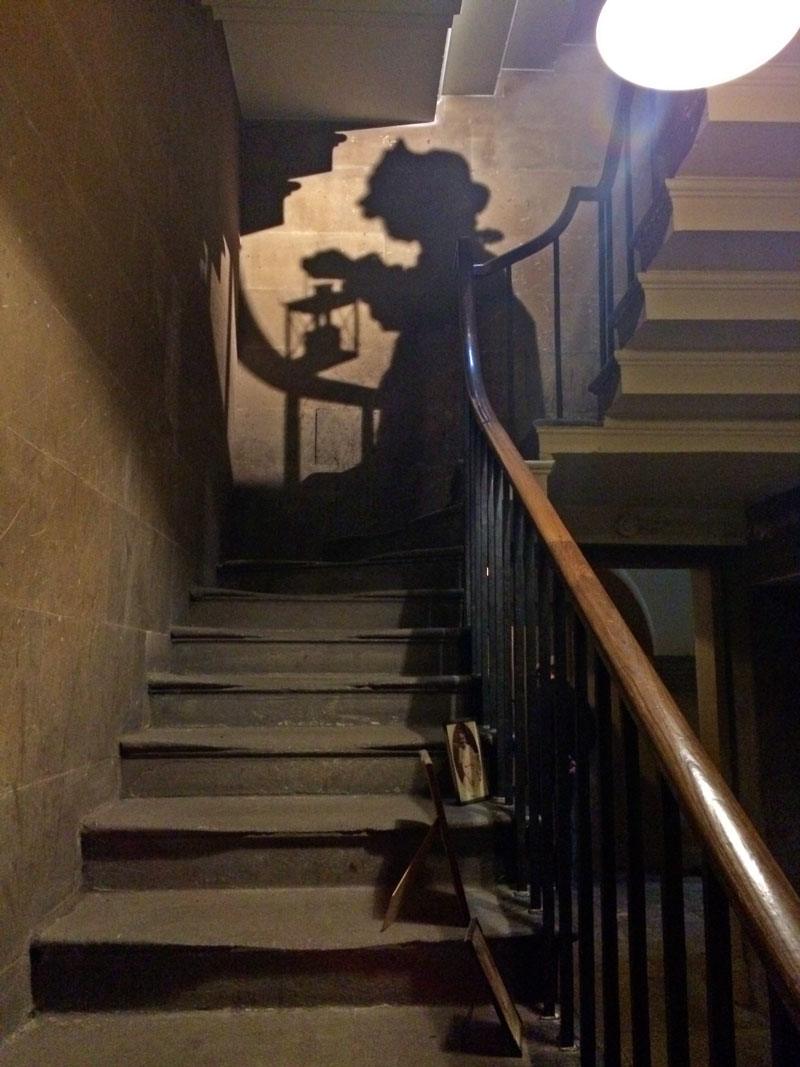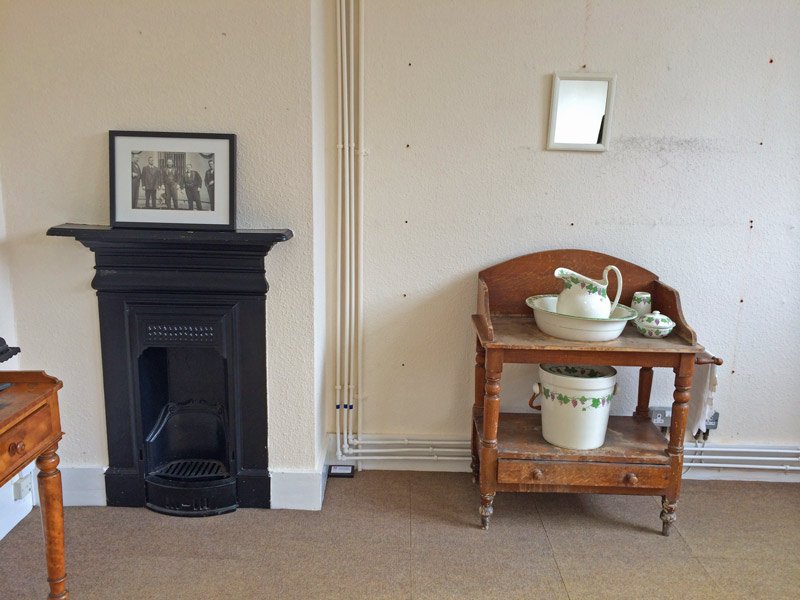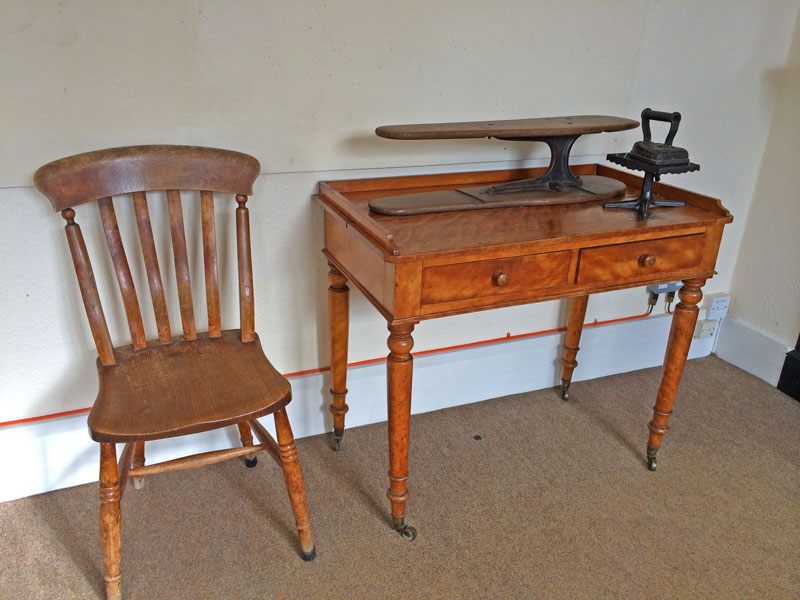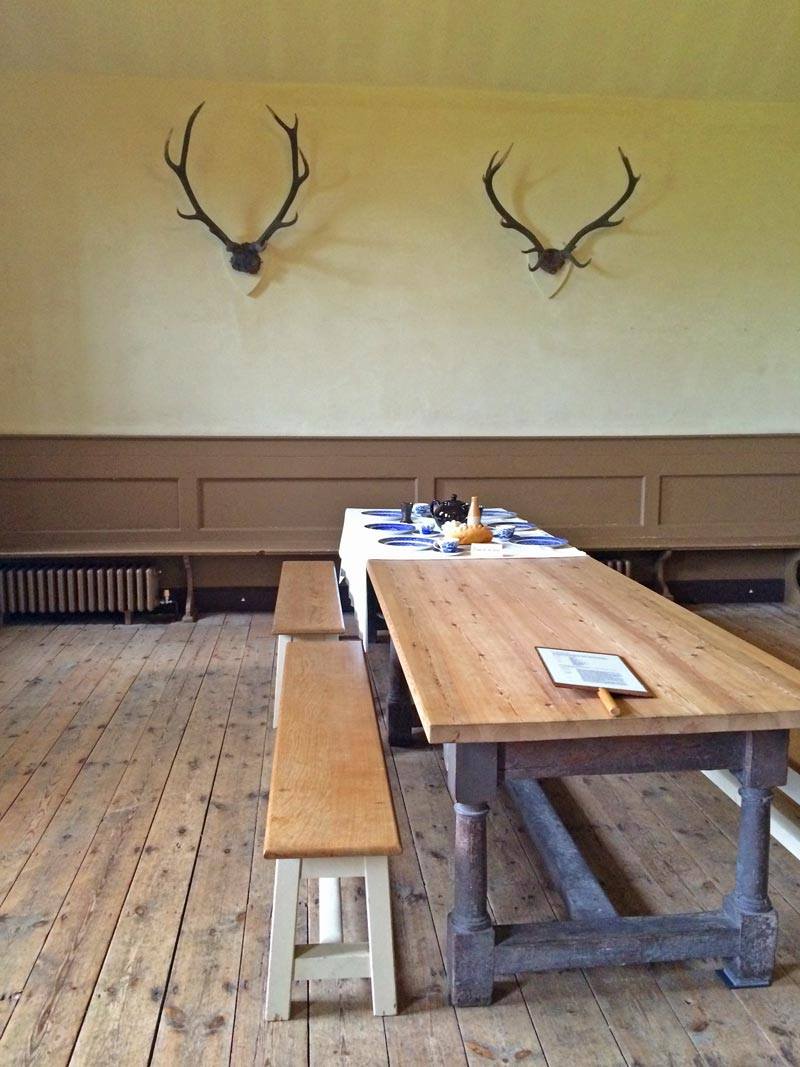I threw a picnic in our garden the other day. We were busy with all…
English Servants
Whenever I visit an English manor house, I can feel the history of the place and think to myself, if walls could talk, what would they tell us… I am sure they keep secrets and lot of stories… I can see the lord of the house coming down the stairs for his breakfast, reading the newspaper whilst eating then going for a ride on his estate. The Lady of the house is reading a book sitting on a bench in the garden, gentlemen smoking a cigar and playing billiards in the library after a dinner party… Then the grandfather clock chimes… But I can see others, too: the servants as we enter their quarters in the grand house. I would like to represent the lives of the servants, their responsibilities, however, before that, we have understand servants in general and their circumstances.
Well, between 1700 and 1900 15 percent of the population worked in domestic service in Britain. In the Middle Ages society was feudal, which meant that peasants depended on the landowner and of course from other things like the quality of the harvest. To get into a household of a landowner as a servant was equal to having a chance for a better life. The landowner not only protected his servants physically but provided a better standard of living for them as well but more importantly servants had the chance to climb up the ladder. Male servants had double roles: beside the work in the household they also had to protect the estate, fight against the enemy if needed. It was a status symbol in the Tudor period to have a huge household and this has not changed over the centuries. For the peasants there were three possibilities to have a better life: the Church, the Law or having a position as a servant in a household. By the 1730s servants came from families who had served at grand houses before as having grown up as a servant’s child they saw and understood expectations. Often a role was passed on from father to son.

We could say the life of a servant was horrible and indeed it was. They worked all week from 6am until 10pm 6 days a week and only had Sunday afternoon off for a rest. They were often used and abused and had to do hard physical work (even women) and tasks were often humiliating (think about emptying and cleaning chamber pots). Yet for many this was the only chance to survive, especially during the agricultural crisis of the 1840s and 1880s. We often think today how romantic life would have been in Dicken’s England but in reality it was not. Only the rich had a life that is often depicted as a beautiful picture in a Children’s book but the majority was fighting for survival. The situation was not even better in the countryside where we would think getting food was easier. It was not: the poorest often could not even afford the cheapest bread.
No wonder families welcome the opportunity to send their children to a grand house. They sent their entire salary home to their families so that they can survive. To become employed in a grand house, however, they had to meet some expectations: children had to be 10 years of age and had to be able to read, write and count. Philantrophe families preferred having children from the local orphanage to help them getting a better life as a servant. The number of female servants increased during the centuries but they were paid less than male servants. Female servants had to give up their jobs when they got married but households were happy to re-employ them if the became widows. By the mid 19th century one out of three women between the age of 15 and 20 worked in service. The better infrastructure and the expansion of the railway network made every social class more mobile and more flexible. Entertaining at grand houses in the countryside became fashionable and for that aristocrats needed reliable and discrete servants especially in those houses where politicians, emperors and other important guests were invited.

The hierarchy of servants in grand houses were established in the Victorian and Edwardian era and was much more complicated and segmented to what we can see in the 1920s of “You rang, M’lord?”. In the grandest houses we can talk about two groups of servants: the Upper Ten and the Lower Five where numbers do not reflect the number of servants in the household. The Upper Ten included the House Steward, the Butler, The Housekeeper, the Chef or Cook, the Valet and the Lady’s maid. The Lower Five consisted of the under-butler, the footman, housemaids, scullery maids, kitchen maids, laundry maids, coachman, lamp-man or candle-man and the hall boy. The indoor servants usually thought more of themselves. The Upper Ten had daily contact with the family of the house whilst the Lower Five have never seen or met them. The servants and the family were separated physically, too: the Servant’s Hall where they used to have meals, were normally in the basement and their bedrooms were in the attic. The only exceptions were the Chef and the Butler whose rooms were located right next to their workplaces on the ground floor/basement. Servants had to use a different staircase, the Servant’s staircase, too in order to avoid being seen by the family. In the grandest houses there was a separate staircase for male and female servants, too. Any sort of logistics related issues were sorted out by the house steward, the butler, the chef or the housekeeper.
Servants were not allowed to use the front door either. They had to use the servants door which lead to the kitchen and where the gardener also waited for instructions and ordered from the cook every day. The front door could be managed by the butler or the footman only.

The bedrooms of the servants differed from each other significantly depending on the status of the person in the household. In the grandest houses the bedrooms of the male and female servants were separated, too. As bedrooms were in the attic, rooms were terribly cold in winter and warm in the summer. Before the time of heating and hot water bottles, servants used to warm up sand in a big pot and distribute it into sacks which then they put into their beds to warm them up. Their rooms were not cheerful, in fact they often were depressing and plain: walls painted in white, wooden floors without rugs, tiny windows overlooking walls. The furniture was basic, too: bed, washing desk, perhaps a wardrobe and an armchair. The housekeeper made sure everybody had an alarm and of course everybody had a chamber pot. As they have hardly spent time in their rooms, lightning was not solved either. Although they were given candles they were supposed to use them until they went to bed. They were not allowed to use candles for reading or more importantly reading in bed as it was considered to be dangerous. Servants higher up the hierarchy had better rooms with wallpapers on the wall and rugs.
By the 17th century servants were given an own room, the Servants Hall where they could have meals together and spend their little spare time. (Do not forget, before that servants shared the room with their landowners.) Popular free time activities were: sewing, writing letters or playing cards, however this was not allowed everywhere. At better households they may had a piano and they could play some music, sing and dance. Reading magazines and learning languages were also popular free time activities.

Servants had to have their meals in a time which would not clash with meals of the family. The main meal of the servants was lunch which they used to call dinner. This is quite confusing for a Hungarian person as for us dinner means supper. The dinner would have been some kind of pie most of the time or roast with vegetables followed by apple tartlet and custard. Servants normally did not complain about not being fed properly, especially as they often could get the leftover of the family’s meal.
Once the family finished afternoon tea around half past five, the indoor servants had dinner because they had to be on duty in the evening serving dinner for the family. This meal is therefore often called as meat-tea. Others had their meals after 9pm once the family has finished theirs, then they washed up and put dishes away.
And who did what in the household and what was responsible for, I am going to tell you soon…




Comments (0)